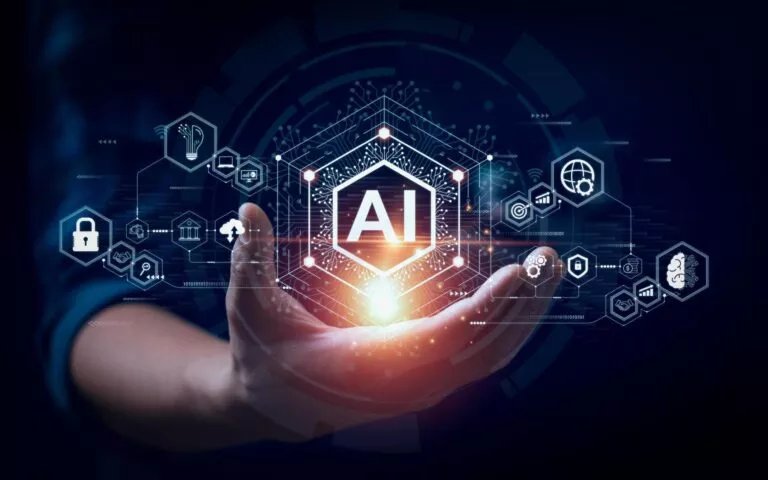In today’s digital age, the term “deep learning” has become a buzzword in tech communities, academia, and various industries. But what exactly is deep learning, and why is it so revolutionary? In this comprehensive guide, we will delve into the intricacies of deep learning, exploring its principles, applications, and impact on the world around us.
What is Deep Learning?
Deep learning is a subset of machine learning, which in turn is a branch of artificial intelligence (AI). At its core, deep learning aims to mimic the human brain’s ability to process data and make decisions. It employs neural networks with multiple layers (hence the term “deep”) to analyze various forms of data, such as images, text, and sound.
How Does Deep Learning Work?
The fundamental building block of deep learning is the artificial neural network (ANN). ANNs consist of interconnected nodes, or “neurons,” that process and transmit information. Deep learning models typically comprise multiple layers of neurons, each layer performing specific tasks like feature extraction, pattern recognition, and decision-making.
Training a deep learning model involves feeding it large amounts of labeled data. Through a process called backpropagation, the model adjusts its internal parameters to minimize errors and improve its performance over time. This iterative learning process allows deep learning models to make increasingly accurate predictions and decisions.
Applications of Deep Learning
Deep learning has found applications across a wide range of industries, revolutionizing fields such as healthcare, finance, automotive, and entertainment. Some notable applications include:
- Image and Video Recognition: Deep learning powers facial recognition systems, object detection algorithms, and image classification tools.
- Natural Language Processing (NLP): Virtual assistants like Siri and Alexa, as well as chatbots and translation services, rely on deep learning to understand and generate human language.
- Healthcare: Deep learning models analyze medical images to assist in diagnosing diseases like cancer and predicting patient outcomes.
- Finance: Deep learning algorithms are used for fraud detection, credit scoring, and algorithmic trading.
The Impact of Deep Learning
The rapid advancements in deep learning have significantly impacted various aspects of our lives. From improving healthcare diagnostics to enhancing customer experiences in retail, deep learning is reshaping industries and driving innovation across the globe.
Conclusion
Deep learning represents a groundbreaking approach to artificial intelligence, enabling machines to learn from data and perform complex tasks with unprecedented accuracy. As research continues and technology evolves, the potential applications of deep learning are virtually limitless. Whether you’re a tech enthusiast, a business professional, or simply curious about the future of AI, understanding deep learning is essential in navigating the increasingly interconnected world we live in.

